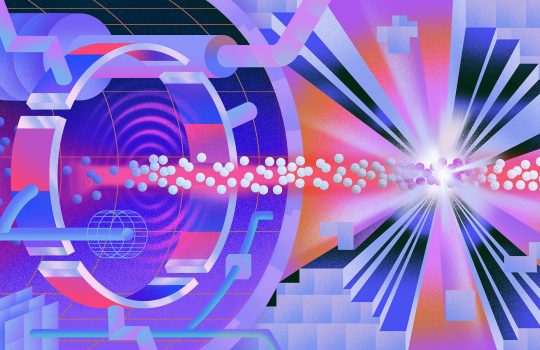The spiral of the Southern Pinwheel
From NOIRLab, Feb. 8, 2021: The Dark Energy Camera, originally used to complete the Dark Energy Survey, has taken the most detailed photo of Messier 83, also known as the Southern Pinwheel galaxy. (In DECam’s second act, scientists can apply for time to use it to collect data that is then made publicly available.) In all, 163 DECam exposures went into creating this image.

